Corregidor served as a fortress of defense and penal institution in the past especially during World War II. Today, it has been declared as a protected area and a famous tourist destination. Visiting Corregidor would surely give you a clear picture of what happened in the past.
One of the attractions in Corregidor aside from its huge mortars is the Japanese Garden of Peace. It is located in the tail side of the island and is the site for various soldier’s memorials and anti-aircraft gun relics. It was made for the Japanese soldiers that died during the war. Many of these soldiers fought for their country and some even committed suicide as a sign of pride an honor.
Japanese Garden of Peace in Corregidor is used as a praying area for Japanese war veterans and the families of Japanese soldiers who died in the island during World War II. The construction of this garden is made possible through funds generated by a Japan-based private group.
The garden has a 10-ft high stone Buddha, a reflecting pool, a Shinto shrine and other markers with Japanese inscriptions. It is said that the stone Buddha is a fertility god and touching it would help you bear a child. On the hill’s edge, anti-aircraft guns line up looking out in the sea. Souvenir shops can also be found in the garden with items like Japanese and American currencies as well as some old photographs.
There are also printed t-shirts, key chains, beverages and snacks.
One would also enjoy the breath taking view of the seascape and other islands nearby while visiting Japanese Garden of Peace.
This page is last updated on
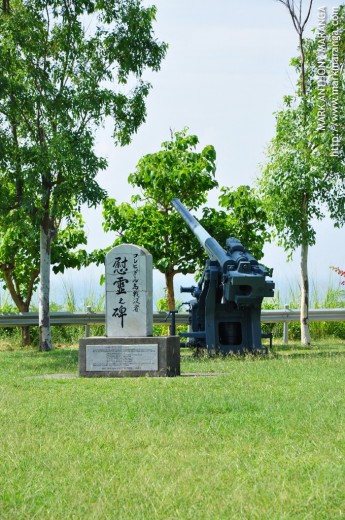
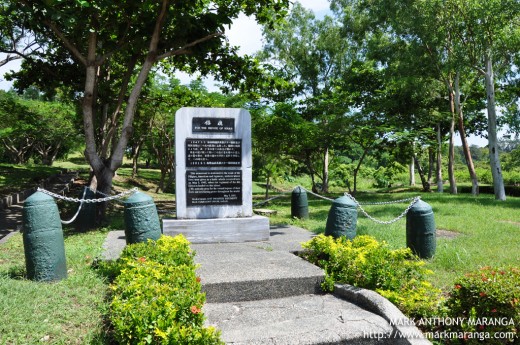
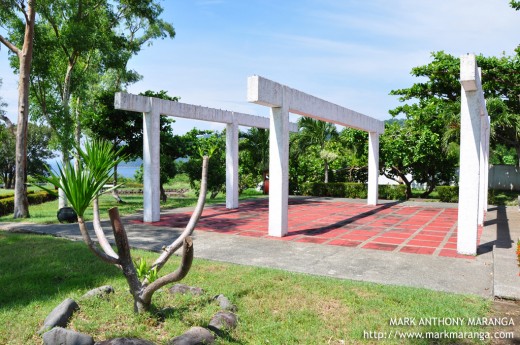
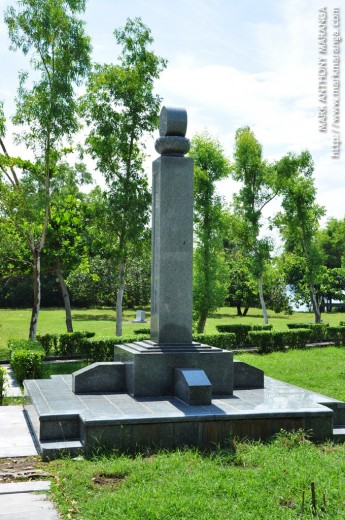
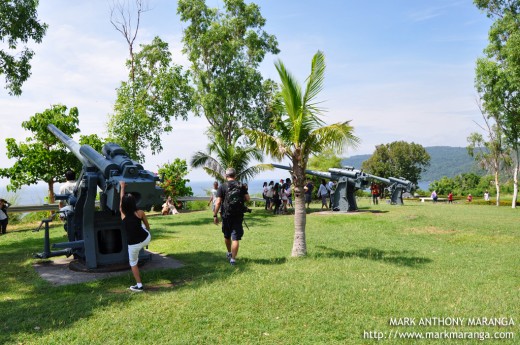
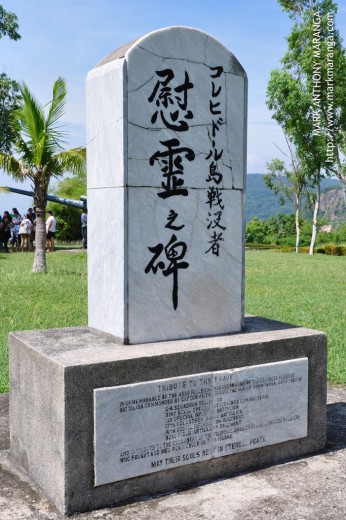
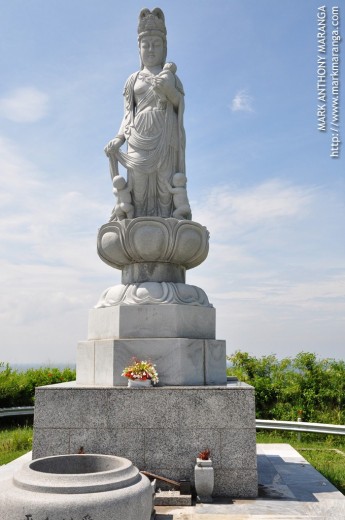
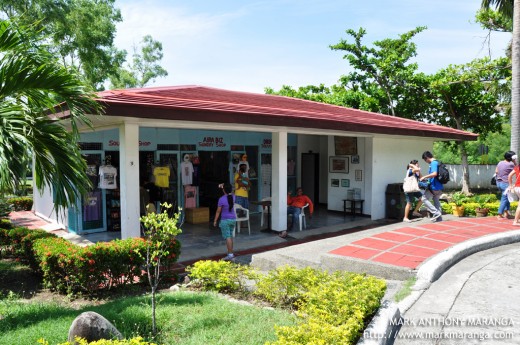
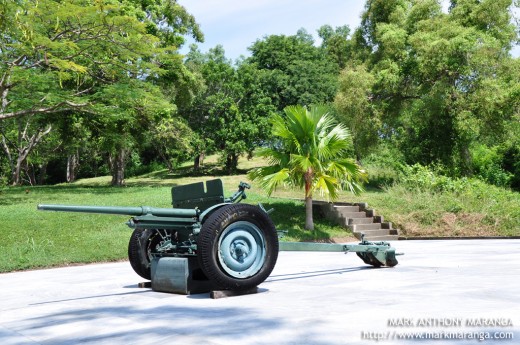
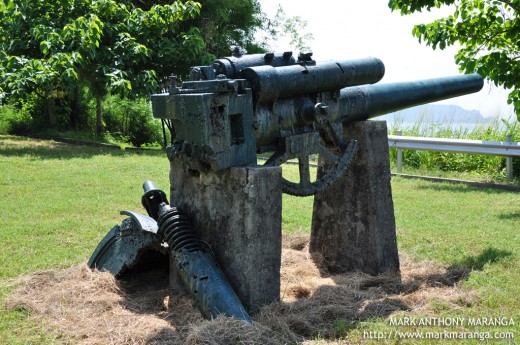
 Mark Anthony Maranga is an Educator-Parent to his 3 Homeschooling Kids. He sells
Mark Anthony Maranga is an Educator-Parent to his 3 Homeschooling Kids. He sells 










That’s way the bestest asnewr so far!
i also liked this memorial ground for the Japanese despite what they did to us for the 3 yrs that they took over our islands (1942-45). acdg to our Tranvia driver, Kuya Rolly, the Buddha fertility statue faces the direction of Japan.
i also relished inhaling lots of fresh air since the majestic sea was jst nearby overlooking Bataan and the main Cavite isles.
What a joy to find someone else who thinks this way.